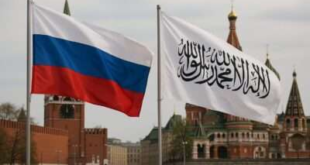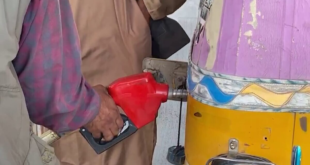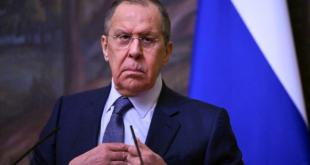KABUL, Afghanistan – A bomb attack struck a group of lawmakers Tuesday as they were being greeted by children on a visit to a sugar factory in Afghanistan’s normally peaceful north. At least 28 people were killed, including five parliament members, and dozens of children were wounded.
U.S.-backed President Hamid Karzai blamed the “the enemies of peace and security,” a euphemism often used for the militant Taliban. But such a spectacular attack could also have been the work of al-Qaida. The Taliban denied involvement.
Video obtained by AP Television News of the scene just before the blast shows schoolchildren, tribal elders and government officials lining the streets to greet 18 lawmakers as they were about to enter the sugar factory in Baghlan, a town about 95 miles north of the capital, Kabul.
Some of the children shook hands with the guests and one teenager handed red and pink roses to lawmaker Sayed Mustafa Kazimi — a former Afghan commerce minister and a powerful member of the opposition party National Front. Kazimi was killed.
“The children were standing on both sides of the street, and were shaking the hands of the officials, then suddenly the explosion happened,” said Mohammad Yousuf Fayez, a doctor at Baghlan’s main hospital.
The video does not show the explosion.
After the explosion, the video shows dead and wounded schoolchildren lying on the ground. Many were taken to the hospital, their legs and faces stained with blood.
The video also shows an Afghan man holding the head of what he claimed was the suicide attacker, shouting “Look at this (expletive)! This is the guy who destroyed everything! This is the guy who killed us!”
Officials gave conflicting reports as to whether the attack was a suicide bomber or a planted bomb. If it is determined to be a suicide bomber, that would point strongly to al-Qaida or Taliban involvement
No one claimed responsibility for the attack, and a purported Taliban spokesman, Zabiullah Mujahid, denied the militant group was involved.
“The Taliban doesn’t target civilians,” he said.
Taliban attacks typically target Afghan and international security forces or government leaders but often kill civilians nearby. Most of their attacks are in the country’s south or east. Taliban bombers have killed regional governors in the past, but never so many public figures at once.
The Ministry of Interior said at least 28 people were killed, one of the deadliest attacks of the year. But Fayez said more bodies may have been collected from the site by families and not counted in the official toll. Earlier, a government official said 64 people had died.
At least 42 of the 81 wounded were schoolchildren, Fayez said.
Shukria Barakzai, a lawmaker, said 18 of the 249 members of Afghanistan’s lower house of parliament had traveled to Baghlan, and that 13 were dead or “in danger.”
President Hamid Karzai confirmed the deaths of five lawmakers. Police officers and officials from the Department of Agriculture were also among the dead.
“This heinous act of terrorism is against Islam and humanity and I condemn it in the strongest possible terms,” Karzai said in a statement. “It is the work of the enemies of peace and security in Afghanistan.”
Interior Ministry spokesman Zemeri Bashary blamed the attack on the “enemy of Afghanistan, the enemy of the people of Afghanistan,” a term commonly used here to refer to Taliban and al-Qaida militants.
The northern region where the blast happened is known for tensions between the mainly ethnic Tajik government leadership and remnants of the militant group Hezb-i-Islami, whose fugitive leader Gulbuddin Hekmatyar, an ethnic Pashtun, has joined the Taliban and al-Qaida in fighting the Afghan government though he denies direct links.
Kamin Khan, a police official in Baghlan, said the lawmakers had come to visit a cement factory and the sugar factory to talk to local leaders and about privatizing the government-owned facilities. The lawmakers were part of parliament’s economic commission.
The sugar factory had been singled out by the Ministry of Finance as a state-owned enterprise it wanted to privatize. To prepare the factory for that, the U.S. aid arm, USAID, had helped restructure the factory’s management.
Two parliamentarians were killed in attacks in Kabul earlier this year, which is already Afghanistan’s deadliest since the fall of the Taliban. More than 5,700 people have been killed in insurgency-related violence, according to an Associated Press count based on figures from Western and Afghan officials.
 Eurasia Press & News
Eurasia Press & News



